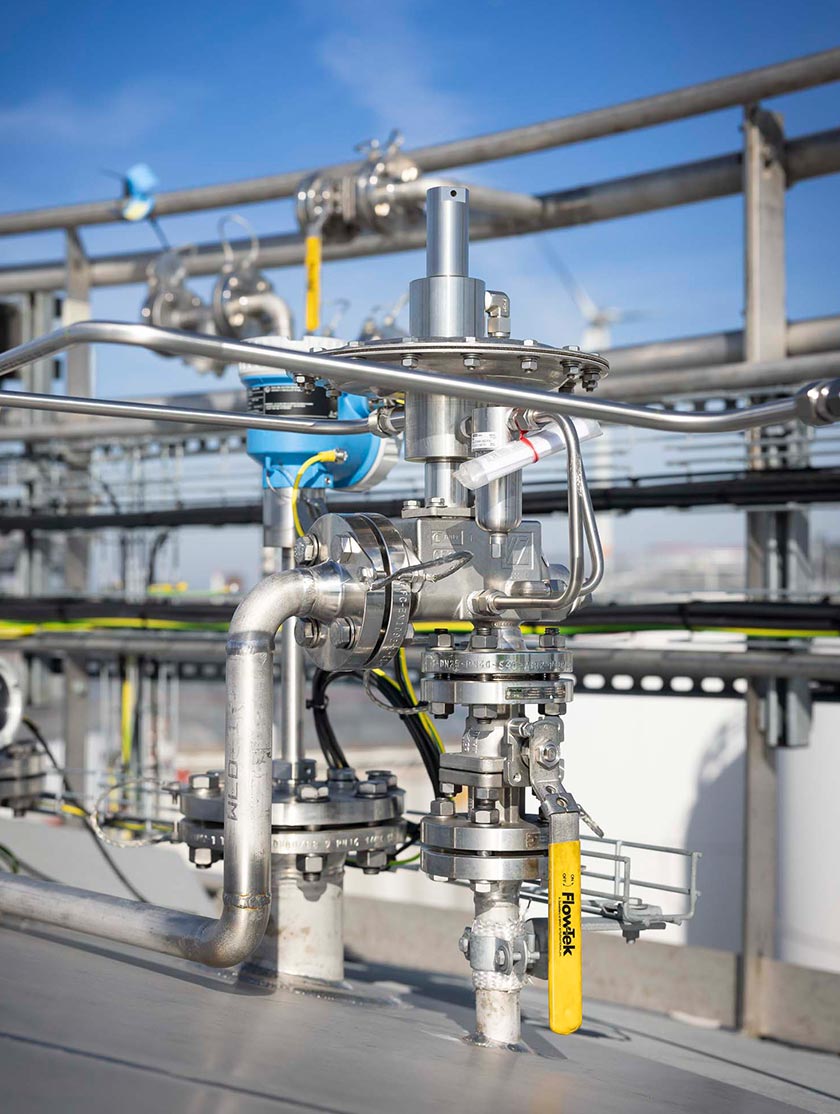Exploring the Essential Features of Pressure Reducing Regulators: A Comprehensive Guide
Pressure regulators are a key part of pressure control in industrial and commercial applications. These devices accurately and reliably reduce the flow of high-pressure gas or liquid to a lower, more manageable pressure. With so many options available on the market, choosing the right pressure regulator to meet your needs can be challenging. In this blog post, we explain some important features of pressure regulators to help you make an informed decision.
Key Features to Consider When Selecting a Pressure Regulator
Media Type and Operating Pressure Range
First, consider the type of media (gas or liquid) and the operating pressure range for which the regulator is designed. Different regulators are engineered to handle specific media and pressure ranges, so it is critical to choose the one that matches your application.
Required Flow Rate
The required flow rate is another important factor, as it will affect the size and type of regulator you need. Ensuring that the regulator can accommodate your system's flow requirements is essential for maintaining proper performance.
Material
Pressure regulators are typically made from materials such as brass, stainless steel, or titanium. While brass is suitable for general applications, stainless steel and titanium offer greater corrosion resistance and can withstand more extreme conditions. Choosing the right material is crucial to the durability and reliability of your regulator.
Constant Outlet Pressure and Low Hysteresis
A key feature of a high-quality pressure regulator is its ability to maintain a constant outlet pressure despite changes in inlet pressure or flow rate. This is achieved using a diaphragm or piston mechanism that senses and regulates the desired outlet pressure. A regulator with low hysteresis—meaning the difference between the set pressure and the actual outlet pressure—is preferable for precise control.
Safety Features
Safety is paramount when it comes to pressure regulators. Look for models equipped with overpressure safeguards, such as a safety valve or burst disc, to prevent damage or accidents in the event of a pressure surge.
Conclusion
In summary, when selecting the right pressure regulator for your application, consider factors such as media type, operating pressure range, flow rate, material, pressure capacity, and safety features. With these key features in mind, you can make an informed decision and ensure that your system operates efficiently and safely.
For more information about Cashco's versatile Pressure Reducing Regulators, view all models here .
Cashco's priority is to make sure you select the right product for your application. Need help choosing the right regulator? Contact us and our team will be happy to help you find the right product!



